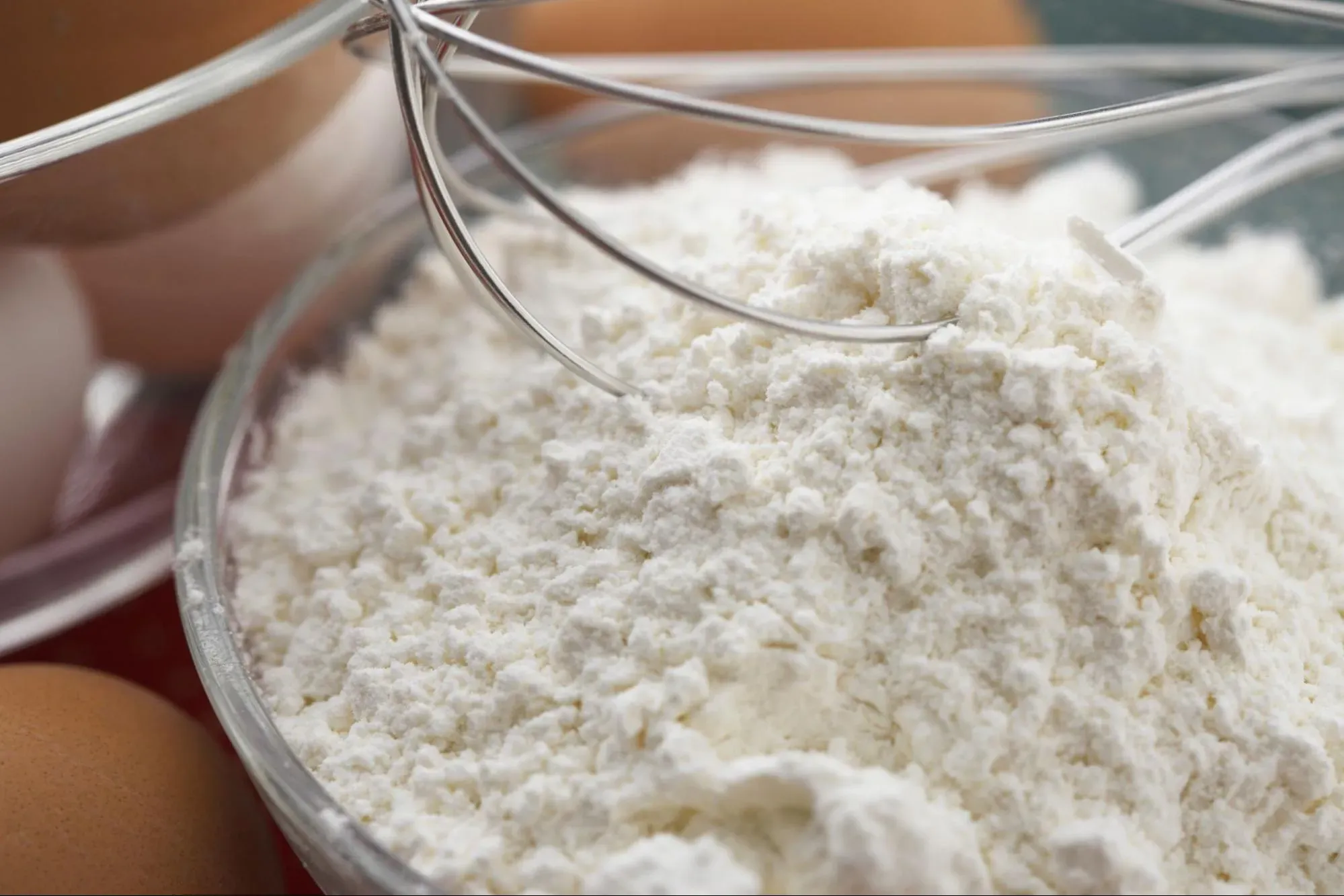So, someone asked me the other day about low gluten flour, and it kinda threw me back to this whole baking disaster I had a while ago. It’s funny how you learn things, usually the hard way, right?
I decided I was going to bake a super delicate, fluffy cake for my niece’s birthday. You know, one of those ones that just melts in your mouth. I thought, “How hard can it be? Flour, sugar, eggs… standard stuff.” Famous last words, let me tell you.

My Great Cake Fail
I got all my ingredients, followed the recipe to the letter, or so I thought. The batter looked okay, maybe a bit thick, but I figured it would sort itself out in the oven. Well, it didn’t. What came out was… let’s just say it wasn’t a cake. It was more like a slightly sweet, very dense brick. Seriously, you could have probably used it to prop a door open. I was so bummed, and a little embarrassed, especially since my niece was really looking forward to it.
I couldn’t figure out what went wrong. I checked the oven temperature, the baking soda freshness, everything. I even made my husband taste a tiny piece, and his face said it all. Not good. He’s usually pretty diplomatic, but this time he just kinda winced.
Then I started thinking about the flour. I just used my regular all-purpose flour, the stuff I use for everything, from pancakes to thickening sauces. I never really thought much about it. Flour is flour, isn’t it? Apparently not.
Digging into the Flour Mystery
I started doing a bit of reading, mostly online, trying to see where I messed up so badly. And that’s when I stumbled across stuff about gluten. Now, I’d heard about gluten, mostly in the context of people avoiding it, but I never really understood what it did in baking, not really.
Turns out, gluten is basically protein, and it’s what gives bread its structure and chewiness. The more you work the dough, the more gluten develops, making it tough. Great for a loaf of sourdough, not so great for a light-as-air birthday cake. My all-purpose flour, while good for general stuff, just had too much of this gluten, too much ‘muscle’ for what I was trying to make.
That’s when I learned about low gluten flour. It’s not some weird, overly processed thing. It’s just flour that naturally has less protein. Things like:
- Cake flour
- Pastry flour
These flours are milled from softer wheat, so they don’t develop as much gluten. This means your baked goods, especially cakes and pastries, come out much more tender and delicate. The kind of texture I was actually aiming for!

I even found out that if you’re in a pinch, you can sort of make your own version of cake flour by taking a cup of all-purpose flour, removing a couple of tablespoons, and replacing them with cornstarch. The cornstarch helps to inhibit some of that gluten development. I tried that later, and it actually worked pretty well, not as good as proper cake flour, but way better than just straight all-purpose for delicate stuff.
So, I went out and bought some actual cake flour. The difference was night and day. My next attempt at the cake was a success! It was light, it was fluffy, exactly what I wanted. My niece loved it, and I finally felt like I’d cracked the code.
It’s just one of those things, you know? You go through life thinking something is simple, like flour, and then you have a spectacular failure and realize there’s a whole world to it. Now, I actually pay attention to the type of flour a recipe calls for, especially if I want something tender. Who knew I’d get a whole lesson in food science just from trying to bake a decent cake?
So yeah, that’s what low gluten flour is, or at least, that’s my journey to figuring it out. It’s basically your friend if you want soft, delicate baked goods and not something that could double as a weapon.













